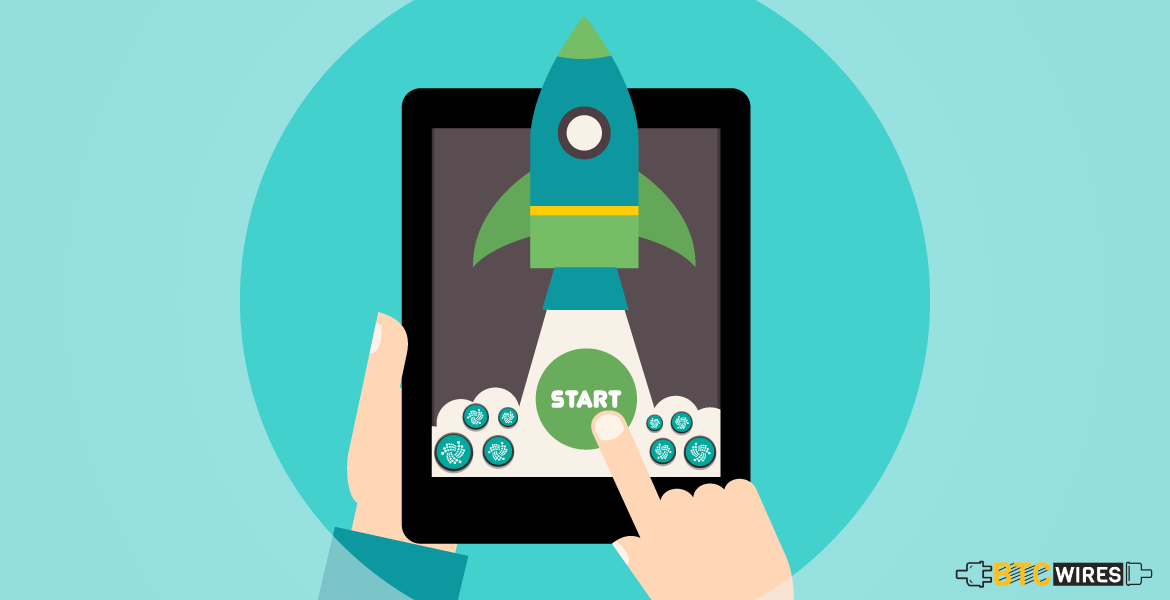Is Bitcoin the same as blockchain? The simplest answer to

Is Bitcoin the same as blockchain? The simplest answer to that question is “no”. However, despite this clear distinction between the two, we usually admit that Bitcoin (and all other cryptocurrencies) must depend upon a blockchain network at its core. What if that idea was to be completely turned on its head? IOTA essentially toys with that very idea.
As we head towards the fourth revolution, the need for having a developed IoT (internet of things) becomes more prominent. What this implies is that as time goes by, we will increasingly link our everyday gadgets such as lights or refrigerators to the internet for automated actions. Blockchain technology, despite its widespread support to a number of use cases, suffers from a lack of great scalability. This makes it a problem to adapt this technology to the evolving needs of IoT. To solve this, we have an ambitious project in the form of IOTA which attempts to create a distributed ledger technology for dealing with scalability issues and the high mining fees in blockchain technology.
What is IOTA?
Having discussed the basic premise of what IOTA is in our introduction above, let us first have a brief glance at what its official website has to say. According to www.iota.org, IOTA is
“The first open-source distributed ledger that is being built to power the future of the Internet of Things with feeless microtransactions and data integrity for machines.”
Now, IOTA is essentially a form of distributed ledger technology (DLT). All those who use the terms “DLT” and “blockchain technology” interchangeably, must be aware of the basic difference between blockchain technology and distributed ledger technology. While blockchain has long been the crowing glory of DLT, the technology has been accused of “sluggish transaction times and skyrocketing fees”, according to the IOTA website. These are complaints that can hardly be dismissed as being unfounded. Scalability and cost-effectiveness, especially since it takes such a great deal of resources to mine blocks and keep the ledger running in blockchain, have been the focus of recurrent debates in the blockchain space. This makes it difficult to adapt blockchain to everyday needs and IoT and resultantly, a void is created. This is the very void that IOTA attempts to fill.
At its core, IOTA is powered by a DLT called Tangle. With the help of it, IOTA attempts to develop a layer for settling transactions in a way that guarantees security, scalability and cost-effectiveness. In this manner, it helps pave the way for a seamless machine economy that is permissionless and decentralized at the same time.
How does IOTA Work?
DLT in IOTA works through a mechanism called the DAG or Digital Acrylic Graph. Unlike the blockchain architecture, which has transactions arranged in the form of a sequence of blocks forming a chain, Tangle has a series of single transactions entangled with you one another.
For being a participant, one does not need to dedicate a huge amount of computing resources. Instead, it requires a participant to have verified two previous transactions. This validation follows a “pay-it-forward” model, mining fees are no longer a necessity. Hence fee-free transactions can be made over this platform and used to record various kinds of data related to the internet of things (IoT). The more information that gets recorded, the stronger the Tangle gets and higher the speed of transaction validation.
What Makes IOTA Special?
The scalability and security of the network makes it incredibly easy to adapt to multiple use cases and build a smart machine economy. In addition, the zero cost of the platform makes it a more attractive offering. This also requires much lower internet usage than the blockchain technology does and with special signatures, it ensures quantum immunity as well. Clearly, a lot is on offer in this ambitious new tech offering.
As we are well aware, there are many business benefits of blockchain but with IOTA’s adequate implementation, it might usher in a new angle to the fourth revolution altogether.

